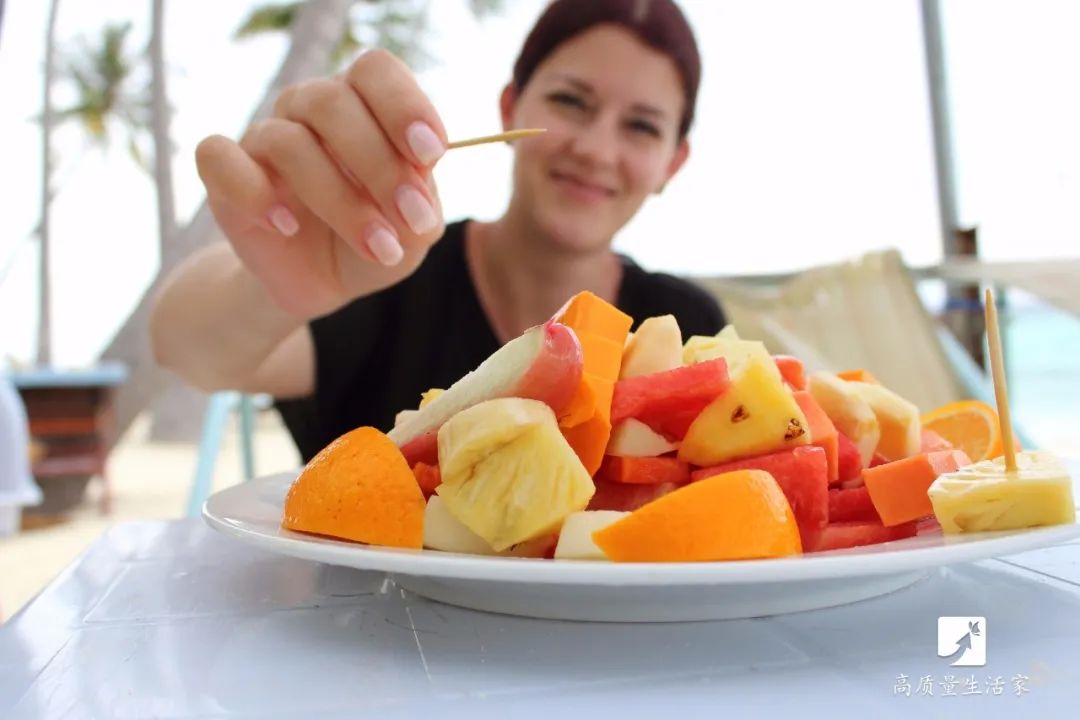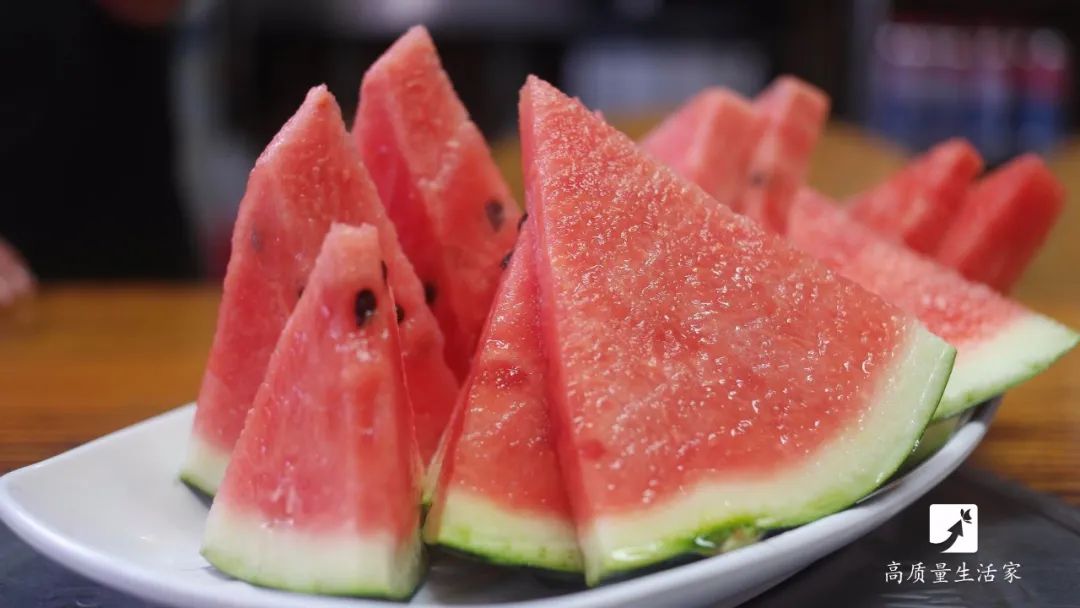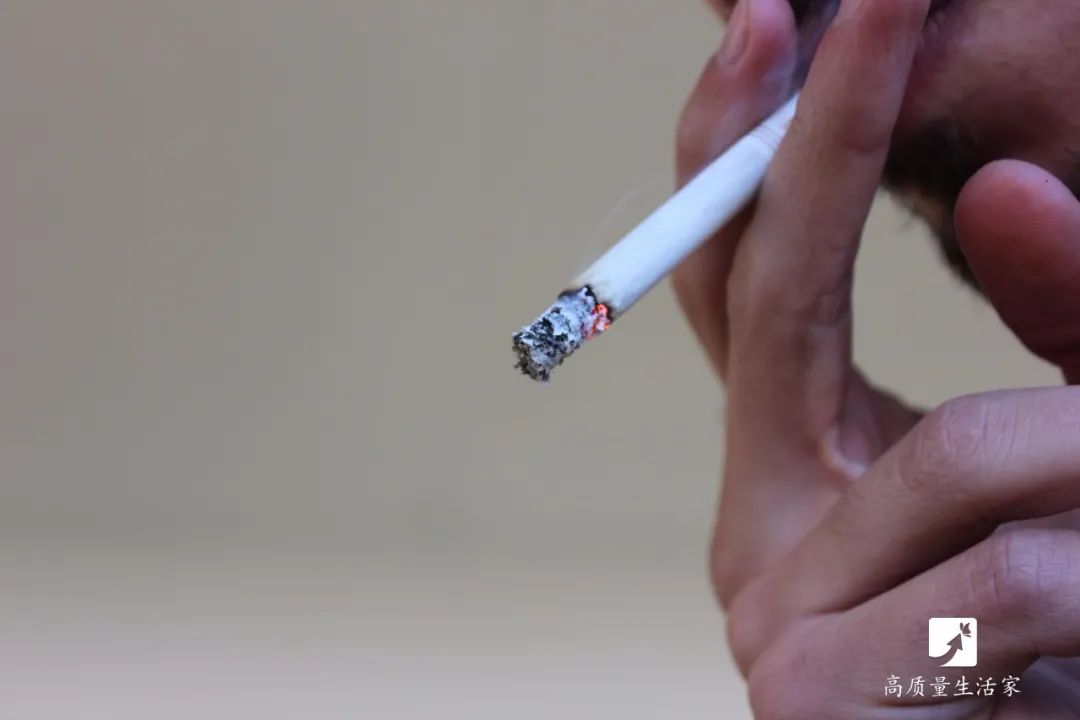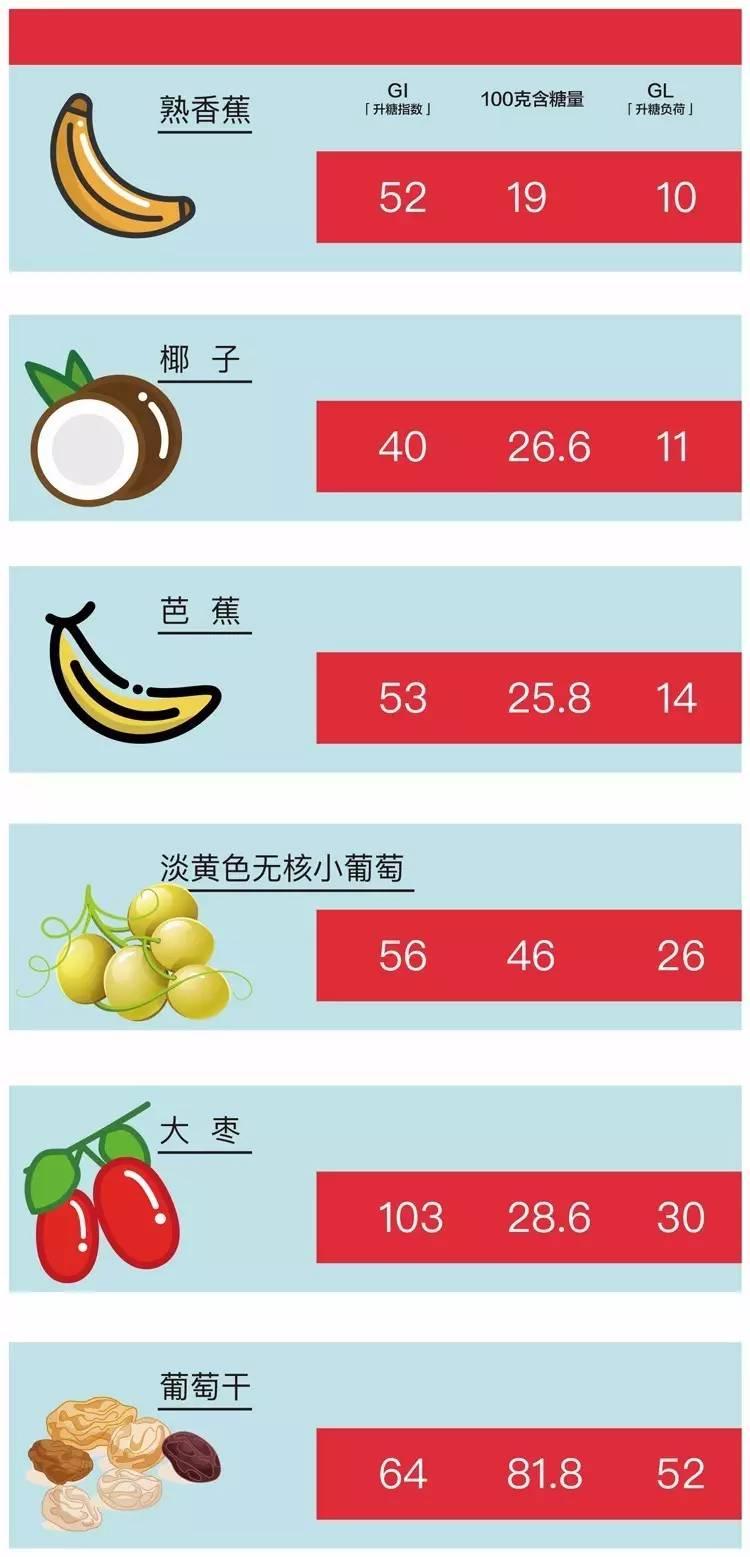The list of common fruit sugar index is coming! The number one is actually it!
It’s the season when a large number of fruits are on the market again, but many people with diabetes are not happy. They are afraid to eat one fruit at a time, fearing that eating fruit will lead to unstable blood sugar.

The picture comes from the Internet.
So can diabetics eat fruit? What are the stresses about eating fruit? When is it better to eat fruit? Let’s take a look at these questions together.
Can diabetics eat fruit?
In fact, people with diabetes can also eat fruits, and there are many kinds of fruits that can be eaten, but they need to be careful and temperate.
Fresh fruits are rich in vitamins and minerals. For diabetic patients, it is beneficial to eat some fruits in moderation when blood sugar is stable. If blood sugar control of patients is unstable, it is still recommended not to eat fruits.
01
When is a good time to eat fruit?
The suggestion is to eat some fruit between meals. First, it is beneficial to stabilize blood sugar, because eating fruit after meals is easy to lead to excessive blood sugar load, and second, it is conducive to the absorption of nutrients in fruit.
What fruits are suitable for diabetics? In addition to personal taste preferences, it is also necessary to focus on the sugar content, glycemic index and glycemic load of fruits.

02
Blood sugar index
The glycemic index is what we usually hear about GI. Generally speaking, the change of blood sugar caused by low GI food is small, on the contrary, the increase of blood sugar caused by high GI food is large.
Generally speaking, foods with a GI greater than 70 are high GI foods, foods with a GI of 55-70 are medium GI foods, and foods with a GI lower than 55 are low GI foods. For diabetics, it is recommended to choose fruits with low sugar content and low glycemic index.
03
Common fruits with low glycemic index
1. Cherry: Cherry pulp is rich in anthocyanins, potassium, carotene, etc. It contains moderate energy, has little influence on blood sugar, and has low sugar content. It is suitable for patients with stable blood sugar. It is recommended to eat about 10 cherries at a time, and don’t eat too much.
2, Plum (Brin): Plums have less energy, higher potassium content, less impact on blood sugar, less sugar content, and patients with stable blood sugar, it is recommended to eat about 2 at a time.
3, strawberry: Strawberry is rich in nutritional value, rich in vitamins, known as the fruit queen, with a low glycemic index and low sugar content, and is also one of the more blood sugar-friendly fruits.
4. Apples: Apples have moderate energy, moderate impact on blood sugar, and patients with low sugar content and stable blood sugar are advised to eat half a medium-sized apple at a time.

04
Common fruits with high glycemic index
1. Pineapple: Now is the season to eat pineapple, but it has a greater impact on blood sugar and contains more sugar. It is not recommended for diabetics to eat pineapple.
2. Litchi: Litchi is also a seasonal fruit that has just come out recently, but litchi has high energy and high sugar content, which has a great impact on blood sugar and is not recommended for diabetics.
3, watermelon: watermelon is one of the fruits with the highest glycemic index, and the glycemic index exceeds 70, so it is better not to eat it.
4, bananas: bananas contain more energy, have a greater impact on blood sugar, and have a higher sugar content, which is also a fruit that is not recommended for patients.

05
Low glycemic index/low sugar content
It should be noted that a low glycemic index does not mean that the sugar content is low, because there are many fats and dietary fibers, and the glycemic index of durian is not too high, but its carbohydrate content is as high as 27%, and the sugar content can be as high as 15%, which is not recommended for diabetics.
In addition, fruits such as red dates, longan and mango are also high in sugar content and are not recommended.
06
Blood sugar load
After talking about the glycemic index and sugar content, there is also a noteworthy "glycemic load". The glycemic index can only reflect the rate and ability of carbohydrates contained in this food to be converted into glucose.
When you eat a lot of food, the blood sugar index is a little powerless, and at this time, "blood sugar load" comes in handy. The glycemic load is the glycemic index of this food multiplied by the actual carbohydrate content of the food.
For example, the durian mentioned earlier, although the glycemic index is not high, has a high sugar content, and it is easy to eat a lot at a time, so it also needs to be restricted. And fruits like avocado, grapefruit, lemon, etc., because of their low sugar content, their blood sugar load is generally low.

However, different diabetics may have different sensitivity to fruit sugar, so they can make choices according to their own practical experience.
The nutrition of different fruits is different, but no matter what fruit you choose, the most important thing is to control the total amount. It is best for healthy people not to exceed 350 grams on average a day, while it is best for diabetics not to exceed 200 grams.
Suppress blood sugar to achieve the following 6 points
Although high blood sugar is terrible, it is not inevitable. In addition to controlling diet and reducing sugar intake, the following three points can also effectively control the rise of blood sugar.
01
sleep
Sleep has a great influence on blood sugar. Sleeping too much or too little will affect blood sugar. Studies have found that people who sleep less than 6 hours a day and sleep more than 8 hours a day will interfere with blood sugar-related hormones, and blood sugar is in danger of rising. Therefore, 7-8 hours of sleep every night is the best.
02
stress management
No matter what the disease is, the most feared thing is that the patient’s psychological burden is too heavy, and he is too pessimistic and negative in peacetime. These bad negative emotions will bring pressure to the organs, thus aggravating the condition. Therefore, we must learn to adjust our mentality in peacetime, and we should put down our psychological burdens and live a positive life.
03
give up smoking
Smoking in diabetic patients is more likely to cause complications and increase mortality. Smoking is harmful to the heart and lungs, and quitting smoking can lower blood pressure and reduce the risk of stroke, heart disease and kidney disease.

04
Moderate exercise
Anyone who is physically fit should take moderate physical exercise. Exercise can not only enhance human physique and improve immunity, but also effectively control weight, which is helpful to lower blood sugar and improve blood pressure and blood lipid.
05
Healthy diet
Although there is no diet specifically for diabetics, we can make a healthy diet plan for ourselves, eat more dark green vegetables, reduce fat intake, reduce salt intake, eat less preserved food, processed food, etc., and balance nutrition.
06
Monitor blood sugar every day and check it regularly.
Measuring blood sugar every day to keep blood sugar at a normal level can avoid complications of diabetes and help you understand the effects of various foods and exercises on you. Go to the hospital regularly every year for relevant examinations to prevent complications of diabetes.
The key to dealing with diabetes and its complications lies in prevention. I hope sugar friends will pay close attention to physical changes and have regular physical examinations.



Note: the GI value in the table refers to eating whole fresh fruit for reference only. Different varieties, producing areas and maturity of specific fruits will have different effects on blood sugar, so it is recommended to take your actual blood sugar reaction as the standard.
Data: high-quality life home
Editor Liu Jiayuan
Original title: "The list of common fruit sugar index is coming! The number one is actually it! 》
Read the original text